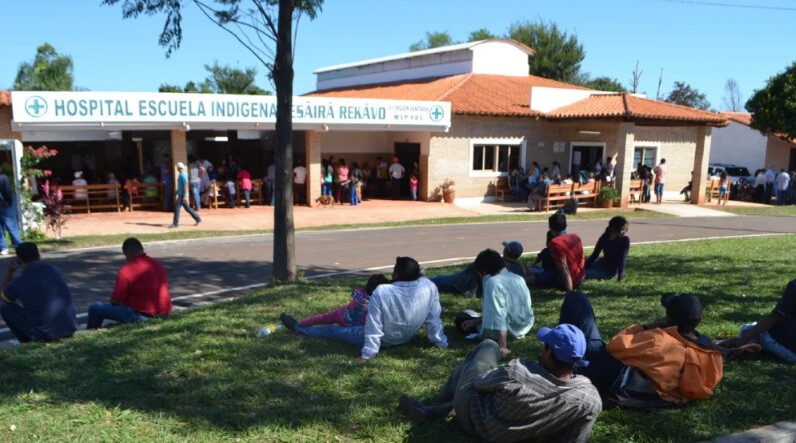
ASUNCIÓN — A recent report by the National Council for Higher Education (Cones) has unveiled a critical imbalance within Paraguay's healthcare system, highlighting a severe concentration of medical professionals in urban centers at the expense of rural populations.
The study reveals that a staggering 50% of Paraguay's doctors are based in Asunción and the Central Department, leaving vast rural areas critically underserved. Regions like Alto Paraguay and Boquerón suffer from alarmingly low doctor-to-population ratios, with fewer than 5 physicians per 10,000 residents, compared to Asunción's 50 per 10,000.
This stark disparity, coupled with inadequate medical infrastructure, poses a significant threat to the health and well-being of rural communities. The report also sheds light on the issue of overworked medical personnel, with 41% of public sector doctors holding multiple jobs due to insufficient compensation and poor working conditions. This trend is prevalent among various medical specialties, including anesthesiology, hemodialysis technology, and biochemistry.
Furthermore, a shortage of key specialists, such as internal medicine and general surgery practitioners, forces rural patients to seek treatment in Asunción, exacerbating the strain on already overburdened urban hospitals.
Data discrepancies within the medical personnel registration system further complicate matters, with official databases reporting conflicting figures on the total number of doctors in the country.
To address these critical issues, the report calls for:
Incentivizing graduate education to encourage specialization.
Modernizing and integrating medical personnel databases for improved planning.
Implementing strategies to attract and retain medical professionals in rural areas, including enhanced compensation and career development opportunities.
The Paraguayan government and relevant institutions face an urgent task in rectifying these imbalances and ensuring equitable access to healthcare for all citizens.
[Copyright (c) Global Economic Times. All Rights Reserved.]





























